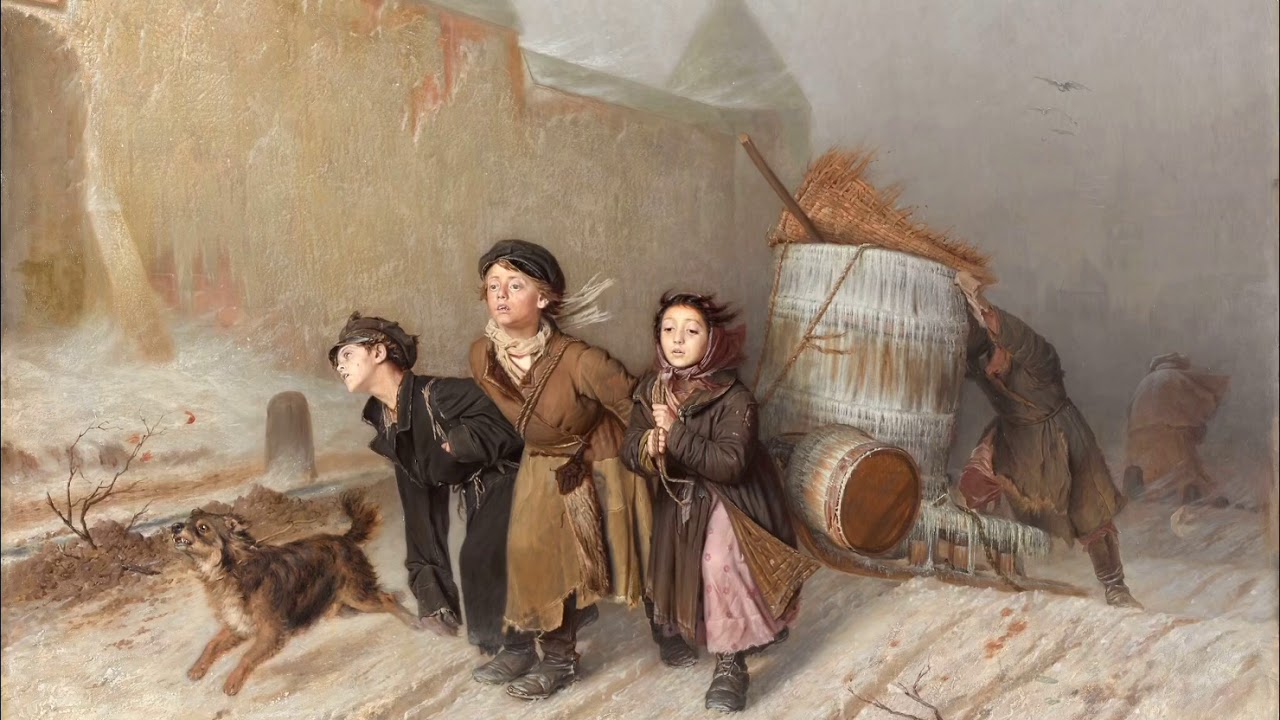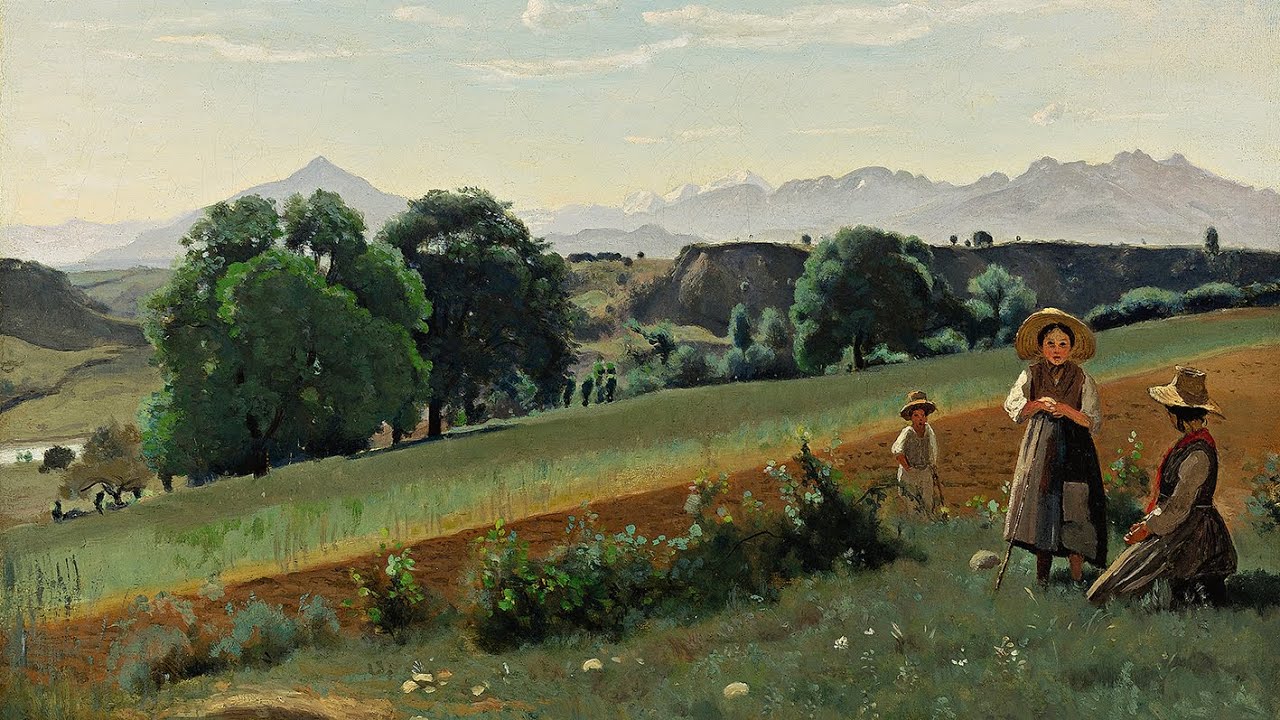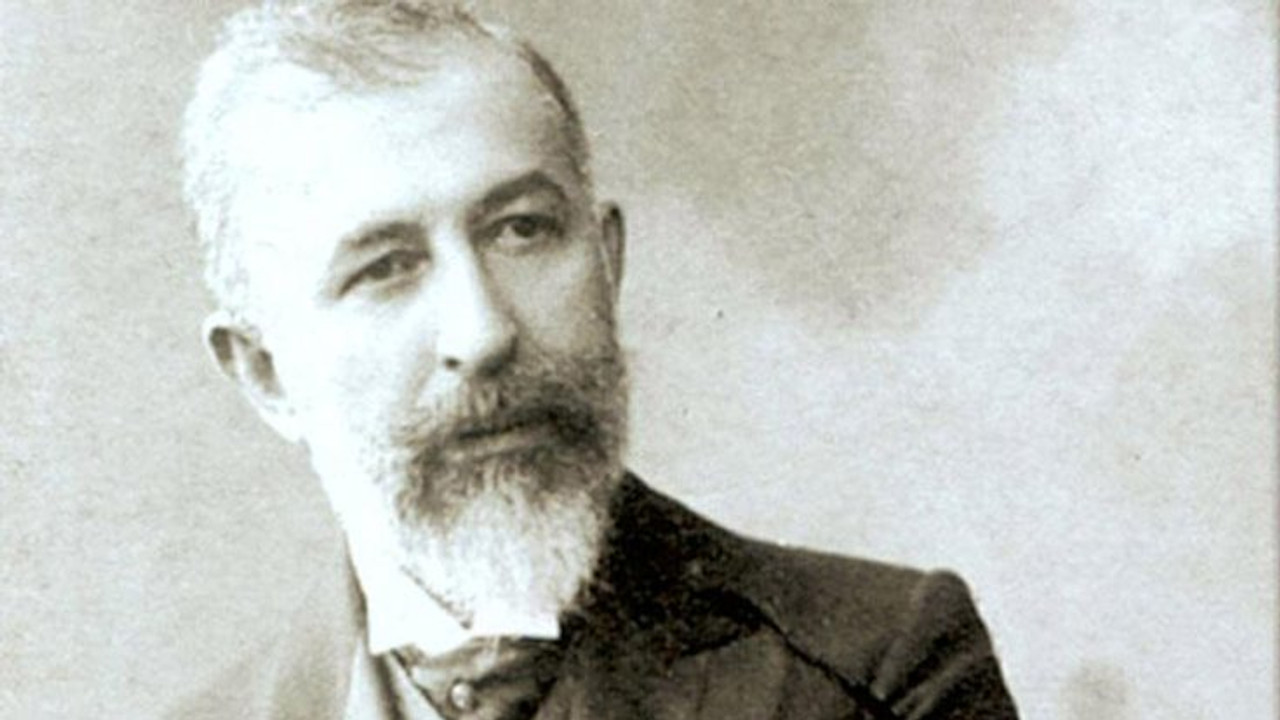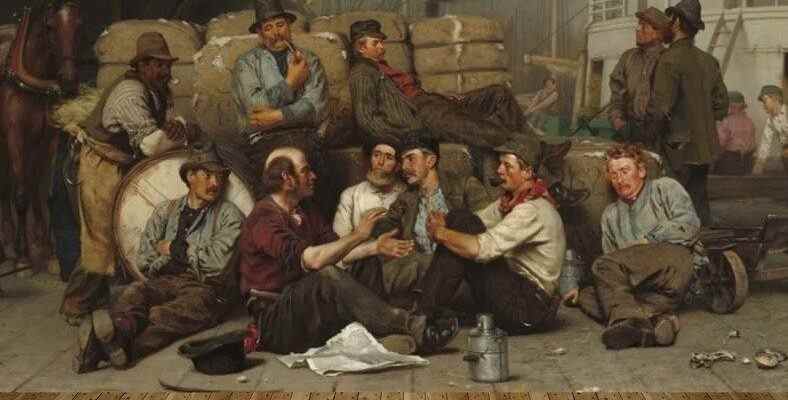The realism movement, which emerged as a rebellion against movements such as romanticism and classicism, argues that even literary works should be scientific works based on observation. It has been adopted by many artists both in the world and in our country, and important examples have been given. Let’s take a closer look at what realism is, what its features are, and see some of its important representatives.
Although art is a field where the artist produces works as a reflection of his own inner world, an artist living in touch with society is inevitably affected by the outside world, and some trends emerge when the same artists are affected by the same situations. One of them is realism, which is the subject of our article. Realism, popular currents of the time emerged as a rebellion against romanticism and classicism and argued that even art should be scientific.
Although its influence is seen in many different branches of art, realism, which is a literary movement, is based on people and facts. Realists, who argue that there should be a narrative based on observation, actually aim to hold a mirror to society by telling what happened or at least what could happen. Many artists both in the world and in our country have adopted this trend and produced important works. Bride what is realism, what are its features Let’s take a closer look and see some of its notable representatives.
What is realism, what are its features, who are its representatives?
Let’s start with the basics, what is realism?
Realism, which emerged after the first half of the 19th century and Although it affects many branches of art It is a literature-centered art movement, more so a literary movement. It emerged as a rebellion against classicism, also called the 1660 school, which had an understanding based on Ancient Greece and Rome, and romanticism, a revolutionary art movement that emerged in the first years of the 19th century.
The aim of realism is to free art from romantic and unrealistic thoughts. Because after the first half of the 19th century, when the realism movement emerged, science started to rise rapidly and people started to trust science with which they were not very close in the past. This reassuring structure of science has also influenced artists. and that their works should be based on observation, which is the basis of science.
What does realism stand for?

Realism defends the truth, only the truth. According to realists, instead of getting lost in fantastic worlds It is necessary to focus on people and the real life that people live. In fact, it is necessary to focus on this life so much that it is necessary to observe like a scientist without making even the slightest comment, and to analyze it with scientific methods and convey it without using even adjectives.
Such a definition may make realism seem boring, but it should not be forgotten that realists are not scientists but good men of letters. well an event without interpretation and based on observation only. It is also possible to give literary works by telling. The most basic desire of realists is to let people know the society they live in with all its reality, instead of dragging them into different fantasy worlds. For this reason, real events or events that are possible to happen are told in realist works.
Features of realism:

- Realism prioritizes reality only.
- Realists describe real or possible events.
- The narrator approaches events and people impartially.
- The narrator does not add his feelings, thoughts and interpretation to his work.
- It is based on copying nature as it is.
- The psychology of the person in the narrated event, his environment, and the factors affecting him are explained in all details, such as a scientific report.
- The most powerful weapon of realist writers is description.
- In realist works, ordinary people from life are told.
- Realists, who only tell the truth, can tell even simple events in daily life.
- They are not intended to educate the reader.
- Realist works have an objective expression based on observation, research and documents.
- In realism, the beauty of form is at the forefront.
- It is far from fancy expression.
- The main aim is to get away from the artificiality of classical and romantic movements.
- Novels and stories are the most written types of realist works.
It is possible to describe the most basic features of realism with these few items. because Realism has a simple purpose, just to tell the truth. If the event is real, if the people are real and even the slightest comment is avoided, here is a realistic piece for you. Considering that the world was shaken up in the 20th century, when the influence of the realism movement continued, the facts do not seem to be very good for humanity.
Why did realism arise?

According to realists, the classicism and romanticism movements that dominated until the first half of the 19th century had an artificial expression. Far from real events and real people They thought that works with an ornate expression should now be changed. Because although it was very useful until that day, there had been great developments in science, which did not have the general acceptance of the public, and now people trusted science.
Realists, who think that art is a field that needs to progress just like science, used scientific methods in their works. The stories were true, based on observation, the narrator did not take sides, and no ornaments or comments were added to the narratives. So in human history For the first time, art was intended to be handled with a scientific method. When we look at the artists who produce works within the framework of this trend in the world and in our country, it is possible to say that this idea is generally accepted and adopted by many people. Even today, we can see the effects of the realism movement everywhere.
Representatives of realism:

- Honoré de Balzac
- Lily of the valley
- Eugenie Grandet
- Father Goriot
- Stendhal
- Red and black
- Parma Monastery
- Gustave Flaubert
- Madame Bovary
- Salambo
- Emotional Education
- Fyodor Dostoevsky
- Crime and Punishment
- Brothers Karamazov
- Fool
- Lev Nikolayevich Tolstoy
- War and peace
- Anna Karenina
- Death of Ivan Ilyich
- Anton Chekhov
- Uncle Vanya
- Cherry Orchard
- Maxim Gorky
- Daniel Defoe
- Charles Dickens
- Oliver Twist
- David Copperfield
- Ernest Hemingway
- For Whom Are The Bells Tolling?
- Jack London
- Mark Twain
- Adventures of Tom Sawyer
- Ivan Sergeyevich Turgenev
- rudin
- Fathers and Sons
- Countrywoman
- Nikolai Gogol
- Mikhail Alexandrovich Sholokhov
- John Steinbeck
- Herman Melville
Representatives of realism in Turkish literature:

- Recaizade Mahmut Ekrem
- Sami Pashazade Sezai
- Nabizade Nazim
- Halit Ziya Uşaklıgil
- Mai and Black
- Forbidden Love
- Broken Lives
- Yakup Kadri Karaosmanoglu
- Memduh Sevket Esendal
- Resat Nuri Guntekin
- Refik Halit Karay
- Sait Faik Abasıyanık
As a literature-based art movement, it rebelled against classicism and romanticism. what is realism, what are its features, who are its representatives We answered the curious questions such as and talked about the details you need to know about this trend. You can share your thoughts about the realism movement in the comments.
